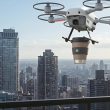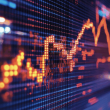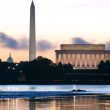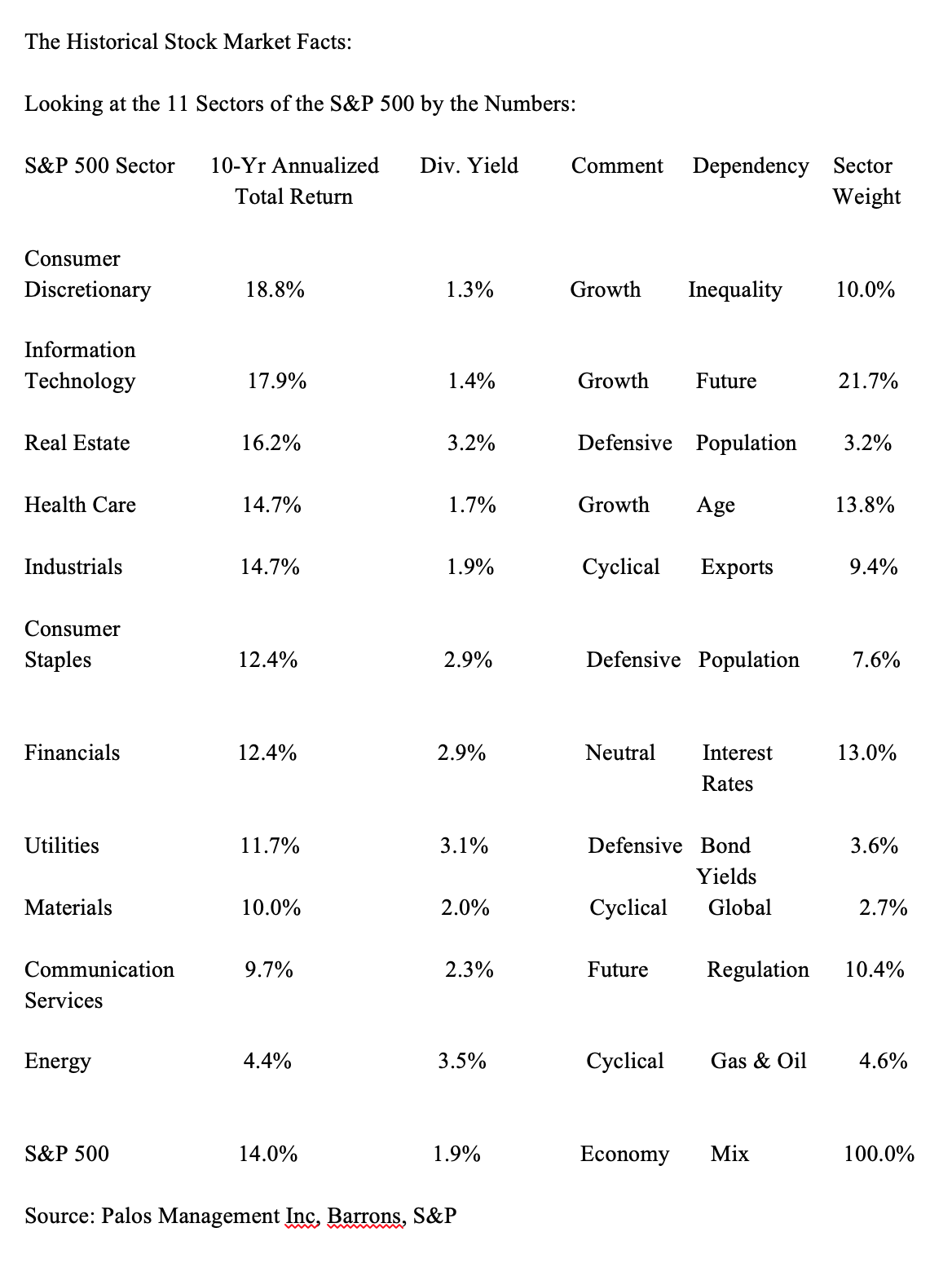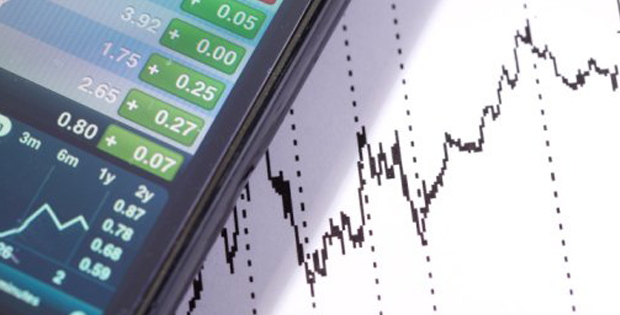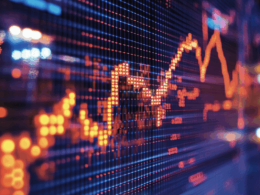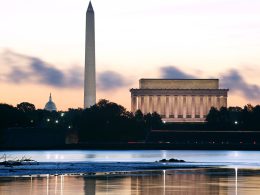by Hubert Marleau, Market Economist, Palos Management
What Happened In the Stock Market Last Week
Although the flow of economic prints will remain very negative for a little longer, investors are now focusing much more on when we shall see a bottom. At this time there isn’t any coincidental proof that a recovery has begun. However, a number of high-frequency models show that the global economy is in the process of bottoming out because business conditions are no longer worsening. China bottomed in February, the Euro Zone in mid April and the U.S. in early May. I cannot say with certainty what will be the roadmap for the second half of 2020. But the investment crowd is of the opinion that households and businesses will learn how to deal with the pandemic and find ways to bring about a reasonable increase in economic activity.
The market is betting that slump is temporary. It firmly believes that the policymakers will pull it off. The Fed in addition to other central banks has freed the capital market making it it possible for numerous companies to raise tons of money. The BOE is expected to take additional steps to boost its economy at its next meeting in June. These monetary efforts have not only prevented the pandemic shock from turning into a prolonged depression but are about to also push the economy forward. In simpler terms, the stock market is going to be able to look through the crisis even though it is depression-like.
China reported an increase of 3.5 % year-over-year in exports for April indicating that global demand was in a nascent stage of recovery. Moreover, there were signs of an easing in Washington-Beijing trade tensions. The top negotiators pledge to create favourable conditions for the phase-1 deal.
It appears that the wave of layoffs may have already crested. Weekly jobless claims for the week ended May 2 dropped to about half the peak of 6.9 million registered in late March. The decline has been sharp, suggesting that the bottom was quickly reached. Given that parts of the economy and the geography are reopening, this decline is expected to continue. Interestingly, this is happening at a time when financial stress is trending down and the money markets are implying a potential for fractionally negative rates from December 2020 to January 2022. While the Fed will likely refrain from enacting negative rates, it does not mean that they won't be priced in by bond traders. The phenomenon has done wonders for stock enthusiasts. The spread between long and short rates has widened while the copper prices rose and gold prices fell, reflecting investors’ faith that there is light at the end of the tunnel.
In the week ended May 8, the S&P 500 closed at 2930, up 3.5% from a week ago. While it looks as if there is a huge disconnect between the stock market and the real economy as echoed by the enormous increase in the April unemployment rate to 14.7%. Scott Clemons, chief strategist at Brown Brothers Harriman, pointed out that the economy-stock market disconnect is common. He said: “Take the last recession, when the labour market didn’t start to show signs of improvement until the end of 2009, at which point the market was already up 44%.” He’s right. The S&P 500 bottomed in March 2009, six months before a turn in the unemployment rate occurred.
It should be noted that it is impossible to prop up the market indefinitely without full assurance that the removal of the lockdown will bring a V shape rate of change in employment. Thus, I maintain the belief that the S&P 500 will trade between 2650 and 3150 for a little longer, making pullbacks attractive. As matter of fact, the market may break away from that range sooner than I’m guessing. About 85% of all California unemployment insurance applicants since mid-March reported that they expect to get their old job back. An Atlanta Fed study showed that 30% of those who lost their jobs have already found a new one. I read in the Barron on the weekend that most people think the job losses will reverse within six months. The article claimed that “ the number of people who say they weren’t working because they were on temporary layoff rose to 16.2 million. Exclude them and the number of people officially counted as unemployed hasn't gone up at all since February.” Not unlike the French do every August, Americans stopped working in April, albeit enforced.
“Enough is enough.” An old friend of mine in NY told me. “I’m going out to play and work today, come what may”. He claims that he's intelligent enough to calculate his own risk. Plus he said that he knows how to take precautions, keep social distancing and wash his hands. Walt Disney sold out tickets for its soon-to-be reopened Shanghai Disneyland in minutes, suggesting that people are looking forward to enjoying life and are willing to spend. Disney World in Florida will reopen at the end of June. Apple opened its retail stores in China several weeks ago and sales are up.
The thing is that there is some misunderstanding as to why the shutdowns were introduced in the first place. It was done not only to save lives but to make sure that hospitals would have sufficient space and staff to handle the situation. Now, the public officials have better control. Thus, there is no point in keeping full lockdowns in place. Let the dice roll, there are loaded—-snake eyes, box cars or lucky 7?
The Bigger Picture: More Price Deflation Now But More Price Inflation Later
Deflation or inflation in the future? The probability of lower inflation for the next while is 99.9%. However, one should not dismiss the likelihood of inflation down the road. I’m not promoting the idea that inflation is coming back with a vengeance, but an above average rate of inflation is a plausible hypothesis for 2022. I give it a 50% chance. Allow me to explain.
All the advanced economies are currently experiencing the largest and fastest reduction in the level of economic activity since the Great depression of the 1930s. For example, in less than two months millions have applied for unemployment benefits and car sales have dropped in half. According to a lockdown index fabricated by Goldman Sachs, the virus containment protocols have cut world wide growth by 16% since January. If one assumes that the global economic activity was at full employment in the quarter ended December 2019, the difference between actual and potential output is historically huge. The IMF’s most recent forecast for the global economy indicates an output gap of as much as $9.0 trillion. Thus, the immediate outlook is clearly deflationary. There has been an extraordinary increase in saving levels, resulting from limits on shopping, from social distancing and precautions. Unsurprisingly, commodity prices have fallen, oil prices have collapsed and wage rates, except for health-care personnel, have not moved---yet.
The aforementioned output gap shows that a large amount of economic wealth has been lost. The gap represents a real loss--not a financial one. It can only be retrieved with an above average growth over an extended period of time. Otherwise an extraordinary amount of wealth will be permanently destroyed. History shows that when actual output runs below the theoretically calculated potential output, the task of governments and their agencies is to do what they can to eliminate that slack. In the past six weeks, the U.S. has thrown $4.5 trillion in spending at bailouts, relief and stimulus in order to do just that.
Ideally, the governments and their central banks should withdraw all forms of stimulus at a speed resembling the pace of the recovery. In reality, I do not believe that this is going to occur this time around. The political framework has been permanently altered. The bulk of this new spending will be financed with unlimited bond buying through QE and foreign investors who prefer to receive a zero rate of return on an American government asset rather than risk their money at home. There is a feeling that the Coronavirus crisis necessitates unprecedented government actions. Because the borrowing is free and is not tapping private savings, the feeling is unbelievably bipartisan. The Right and the Left are hardly aghast at big government spending and big government deficits. There is willingness on both sides to throw any amount of money at any conceived problem. Nothing is wasteful when you don’t have to pay for it and the cost of having debt is zero. Approximately, $6.0 trillion is needed to upgrade national, state and municipal infrastructures and build a nationwide 5G network.
According to Peter Zeihan, a reputable geopolitical strategist, the political transformation in the U.S. has essentially and altogether forbidden fiscal, business and national security conservatives from imposing brakes upon government spending. Given the big-ticket ideas of the Left like universal basic income, defence expansion, universal health care, industry bailouts, state assistance and the big-tax ideas of the Right like reduction in the sale, income and profit taxes, the death of inflation is greatly exaggerated. A trillion here and a trillion there does not matter because the whole world has converted to the new Modern Monetary Theory. A view that governments can spend whatever they like because central banks can monetize without regard to misallocation of capital, inflation and currency values. Brave New World.
Eventually, the pandemic will pass because safe drug treatments will be invented, or an effective vaccine will be discovered or herb immunity will set in. At that point, labour would have returned to their workplaces and consumers would have resumed their earlier spending habits. Acknowledging that the long term cost of unlimited bond buying through QE is not likely to stop anytime soon and that disposable personal income will register positive growth in 2020 because unemployment insurance expansion has been very robust, the propensity for consumers to spend is bound to rise. In this regard, a faster than usual catch-up growth will probably occur. Put simply, the accumulated savings stemming from the liberal relief of fiscal programs, the generous monetary programs of central banks and the government blockade on spending will be released into the economy at a time when industries might not be able to supply the pent up demand for goods and services in a non-costly fashion.
As a matter of fact, a lot of spare industrial capacity has been and is lost by de-globalization, asset write-offs and disrupted supply chains. Moreover, the swift shift in consumer spending behavior and business habits is transferring a tremendous amount of economic activity into new areas. Replacing old zombie-capacity with new advanced-capacity and transitioning business to the new demand zones (e-commerce and home office) which are running hot will require higher prices. Rising prices are needed to shake off the uncertainties of making the necessary business investments to crank up the quantity of goods and services which are running hotter. Reallocating labour and capital not only reduces productivity but increases wage rates as new skills must be learned and businesses write down old investments.
There is no escape here. When desired demand exceeds supply, the outcome is usually inflationary. Unfortunately, the destruction of spare capacity will be concentrated with peripheral businesses and zombie companies that do not have access to capital nor managerial experience to deal with this new brave world of state capitalism. In a textbook way, monopolies, duopolies and oligopolies with managerial skills, brand names and deep pockets are the ones who can fill the output gap. And, they can do this with higher prices. Theory is pretty explicit that when the prospect for higher prices are generally recognized, consumers usually front load their purchases in a similar way when they foresee shortages.
If one were to add that the Fed will likely continue to suppress its policy rate to keep the yield curve as positive as it can and as far-away from the neutral rate as possible even if supply constraints and cost push pressure were to emerge, I feel compelled to raise the probability, for the first time in years, that the inflation rate will rise—take note that is what the Fed wants.
Such an outcome would force many investors to modify their investment strategies. Currently market pricing is skewed against this outcome. In this connection, it might be worth the risk to be a bit of a contrarian. I'm slowly but gradually orienting new money into areas that should profit from a more inflationary scenario than we've experienced over the last decade.
Copyright © Palos Management

